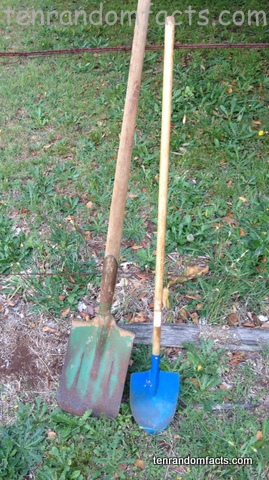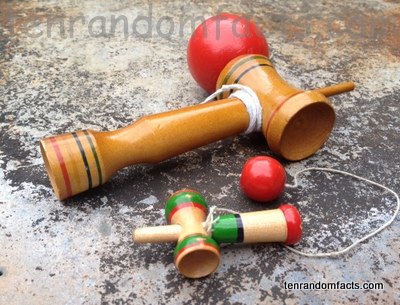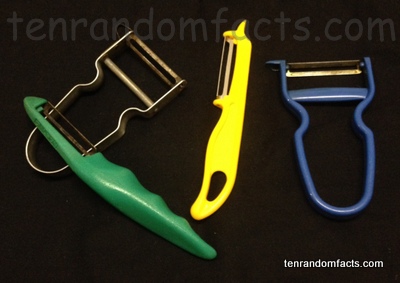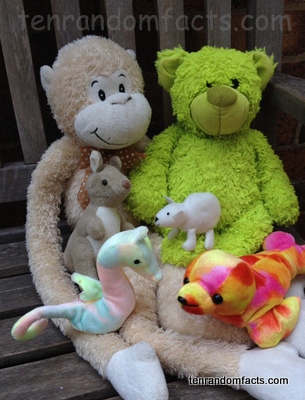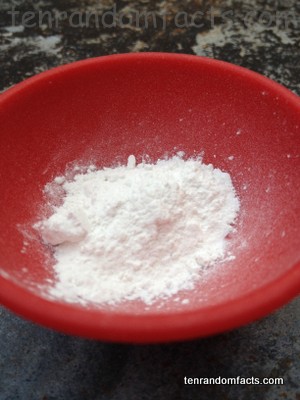
Silky smooth talcum powder…
- Talcum powder, also known as ‘talc’ or ‘talc powder’, is a personal hygiene item often used to prevent rashes, and the powder is typically used in baby powder and other cosmetic powders.
- Talcum powder is typically ground talc, a mineral that has many uses, including use in some food products, chalks and lubricants, as well as some paper making processes.
- The talc in talcum powder is found in soapstone and other rocks, and is the softest mineral ever.
- To make talcum powder, talc is extracted from mines, ground, made pure and processed.
- Talcum powder is used to absorb moisture on the body, so it is useful in infant care and in hot and humid climates to prevent chafing and rashes.
- Talcum powder is generally soft, fine-grained, white, grey or pale green in colour, and has a pleasant smell often due to the perfume that is sometimes added.
- With excessive exposure, it is said that talcum powder can cause cancer in some people, although this is strongly debated, and through inhalation of the powder, there is a small chance of lung damage.
- Talcum powder can be substituted with cornstarch, which can be bought in the food section at retailers.
- Talcum powder has been used to prevent the squeakiness of floorboards.
- Talcum powder was first made into a baby powder to help with nappy rash in 1893, by Johnson & Johnson, and the powder was available to the public in 1894.




